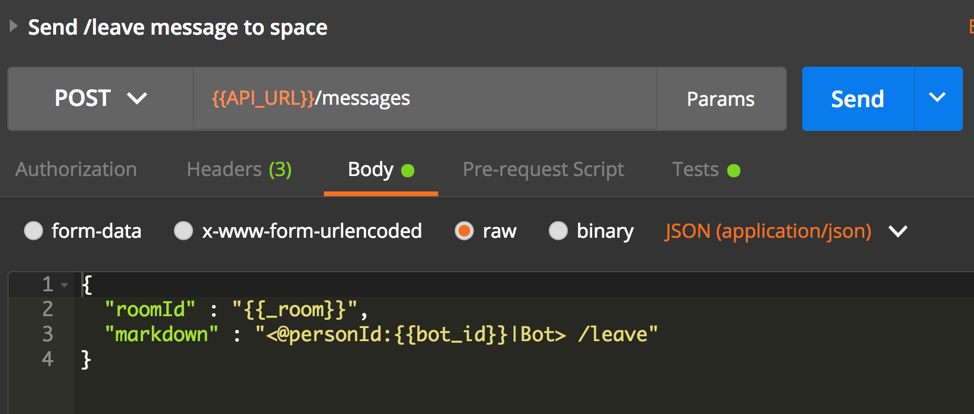Webex Jargon: In the Webex world. Note that this is a template using Markdown formats and then how it would look like rendered in the space. The vast majority of the technical documentation written today is written in Markdown. From Jane’s dev blog to Microsoft’s PowerShell documentation, markdown is behind it. Markdown is a light weight markup language with plain-text-formatting syntax. Markup languages were designed to be easy to write using a generic text editor and easy to read in its raw from without rendering. Check if m.webex.com is down or having other problems. What to do if m.webex.com is down?
Webex Markdown
Or, “API Basics for Powershelling Windows Admins”

My team has begun rolling out Cisco’s Webex Teams collaboration platform to our internal users. As is often the case, the IT department is the first customer, kicking the tires and exploring different use cases. I happened to be working on a Powershell-based script to create new Active Directory users, and decided to get creative …

While creating a Powershell process to automatically create new Active Directory users based on data sent via our HRIS system, I wanted a way to notify the Helpdesk team that a user had been added and they needed to do a few follow-up tasks (actions I can’t address via Powershell). I looked at having Powershell write logfiles or send e-mails. Old-fashioned.
Naturally, Webex Teams is fully API-enabled . As a non-developer, the most approachable methods I’d previously seen for addressing Teams via its API had been using Python. However, I found some clues for using Powershell in a Cisco DEVNET lesson introducing the Teams API (sign-in required).

With credit to this article, and through some modification, I got to scripting a sample:
Now to get this working, you’ll need some stuff:
- A Bot account (who’s going to post these messages [or take any other type of action])
- Create one here: https://developer.webex.com/my-apps/
- Your Bot’s access token (you’ll get one after you create the bot account)
- Room ID (where you’re posting the message to)
- Add your new bot to the Webex Teams space you want them to post in
- Look up the RoomID: https://developer.webex.com/docs/api/v1/rooms/list-rooms
- Hit the “Try It” button, and provide the Bearer (access token) of your Bot account; you’ll see each space the Bot is a member of. Copy the “Id”
Webex Markdown Support

In my sample above, I’m storing the Bot’s access token in a local text file, reading it in, and storing it as a SecureString to a variable. But you can equally just put it directly in the Bearer section of the Authorization header. Vpn connect for mac.
Once you execute your code:
Ultimately I ended up writing this whole process above as a Powershell function and calling it as needed during my User Creation script. Setting the text to a variable, and changing the contents as needed became easy.
Putting it into action: Microsoft remote desktop connection app.
Notification of a successful user creation
Conditional error, when licensing a user in Office365 fails.
Webex Markdown Extension
Seeing how easy it was to cook this up, I’m inclined to try some of the other API actions in and out of Webex Teams using Powershell … you don’t have to be a developer to get dirty with APIs!

